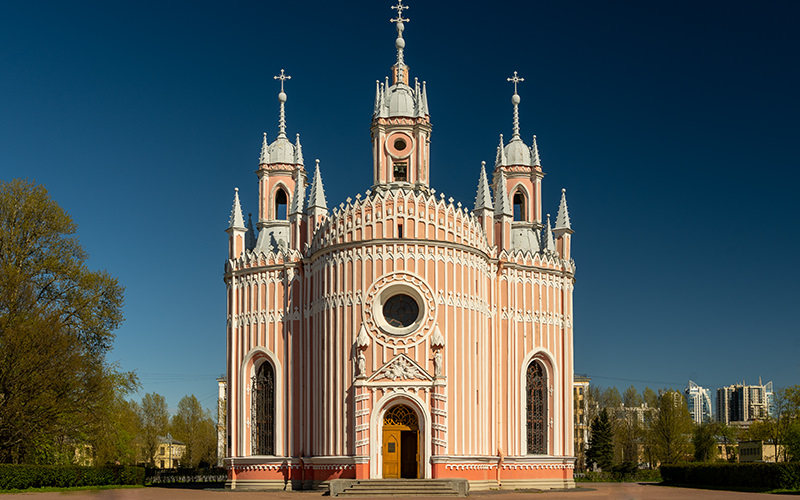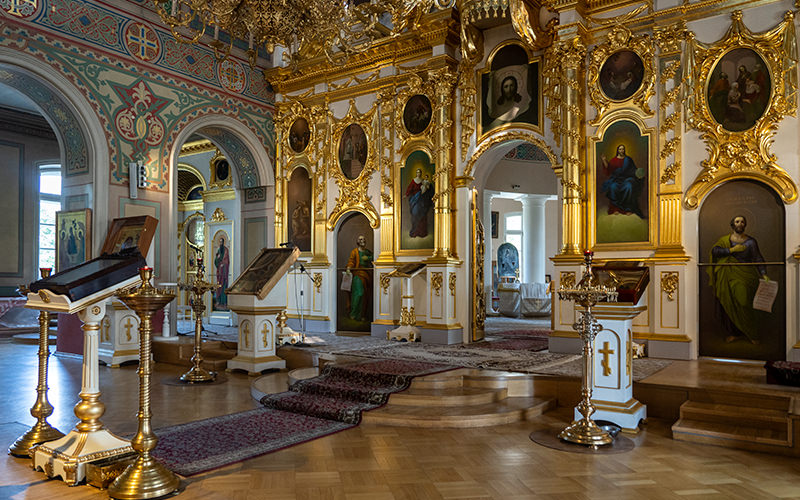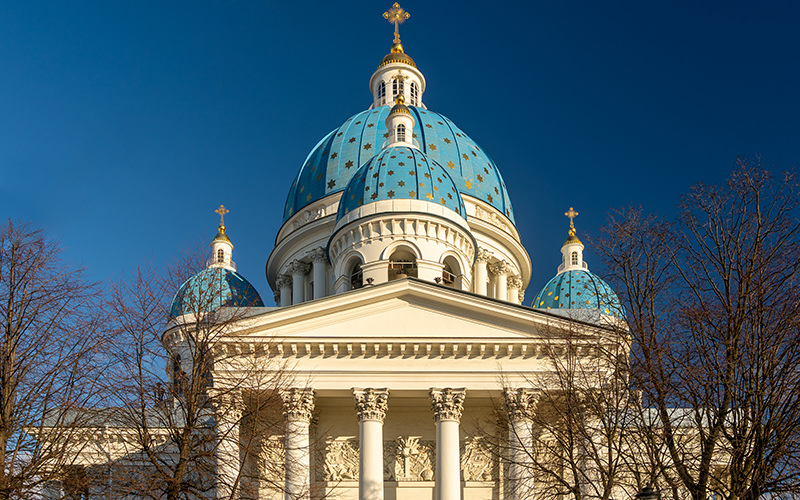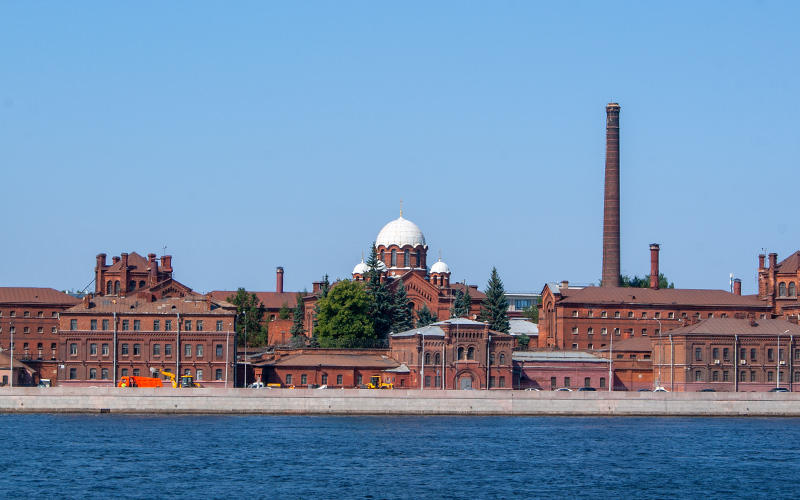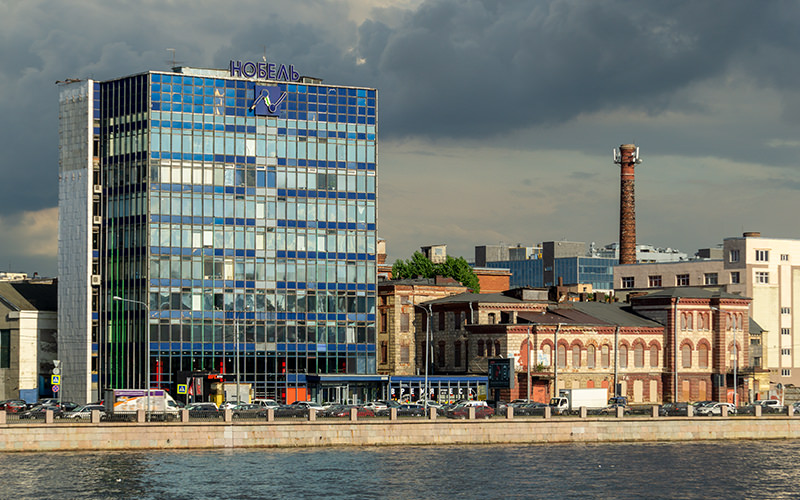It is often said that Saint Petersburg is a city of contrasts. I frequently find this to be true, as a walk through an industrial area, where architectural treasures are rare, may end with a visit to a beautiful architectural monument. Today's story will be about one of the least known, in my opinion, churches in the Northern capital — the church dedicated to the Visitation of the Blessed Virgin Mary to Saint Elizabeth, located at the Vyborg Roman Catholic Cemetery.
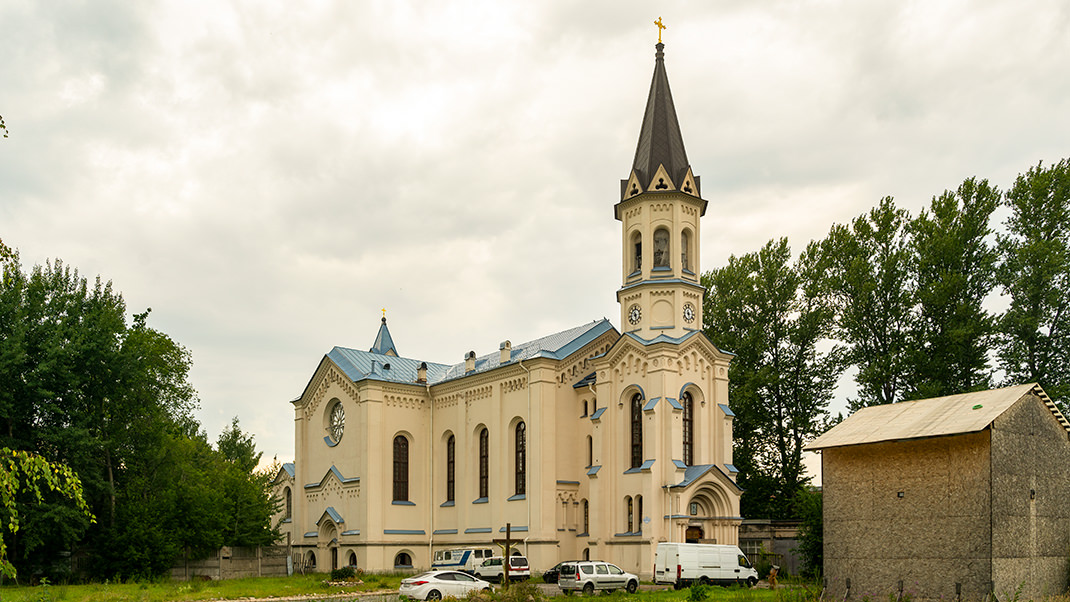
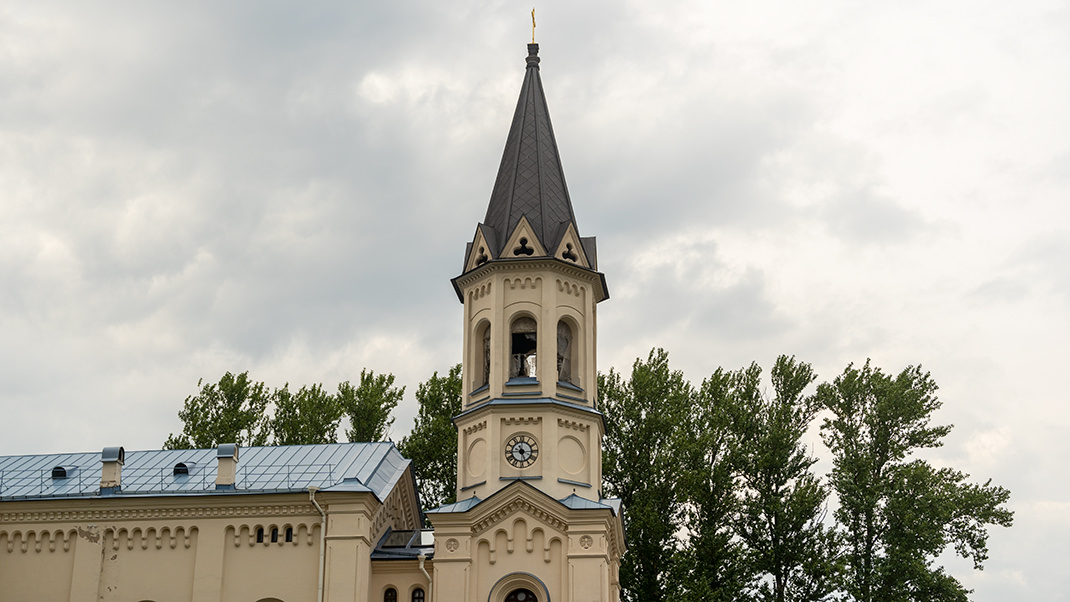

How to Get There by Metro
The church is located at 21D Mineralnaya Street. If you choose to travel by metro, the nearest stations are "Vyborgskaya" and "Ploshchad Lenina." The walk from these stations will take about 25–30 minutes. There isn’t much to enjoy in terms of scenery along the way, as the area is surrounded by fences and industrial buildings.
I often encounter signs in Saint Petersburg churches with crossed-out cameras, indicating that photography is not allowed. However, at this church, it is clearly stated at the entrance that photography is permitted.
Entrance to the church is free, and according to online maps, it is open from 10:00 AM to 8:00 PM.
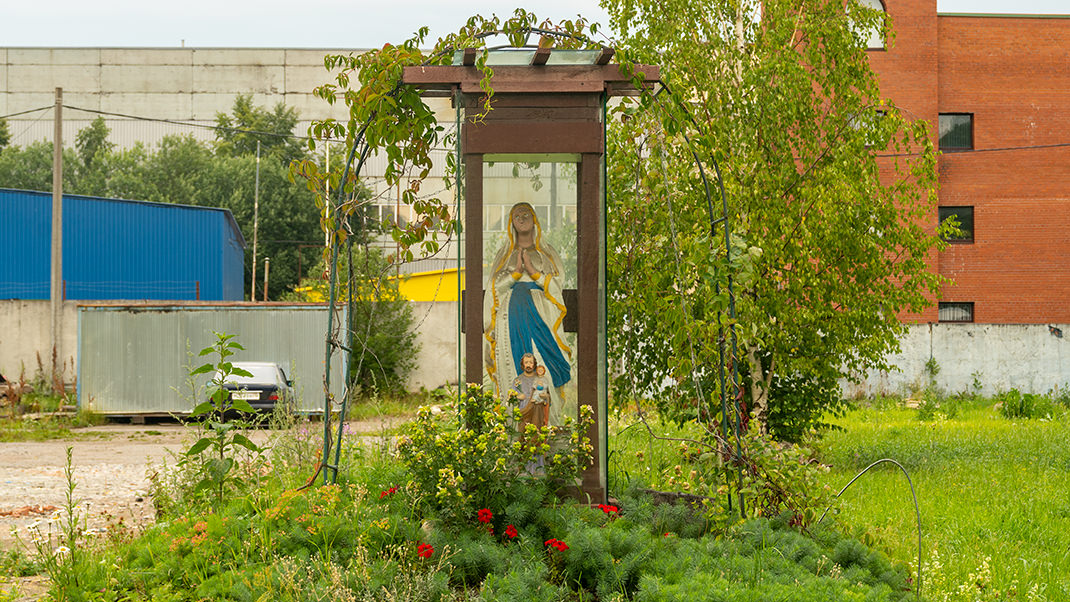
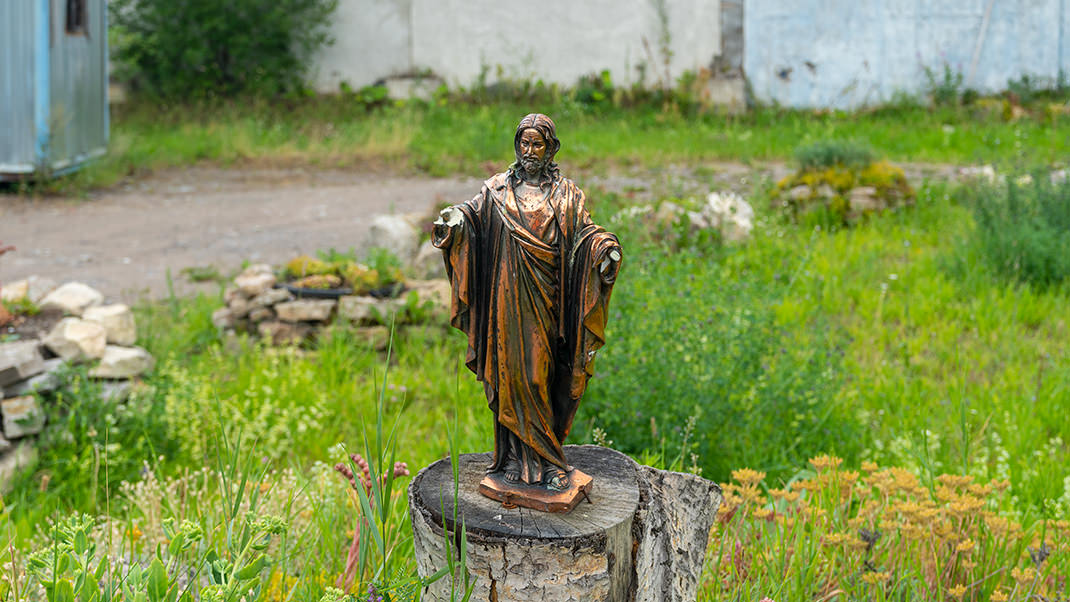
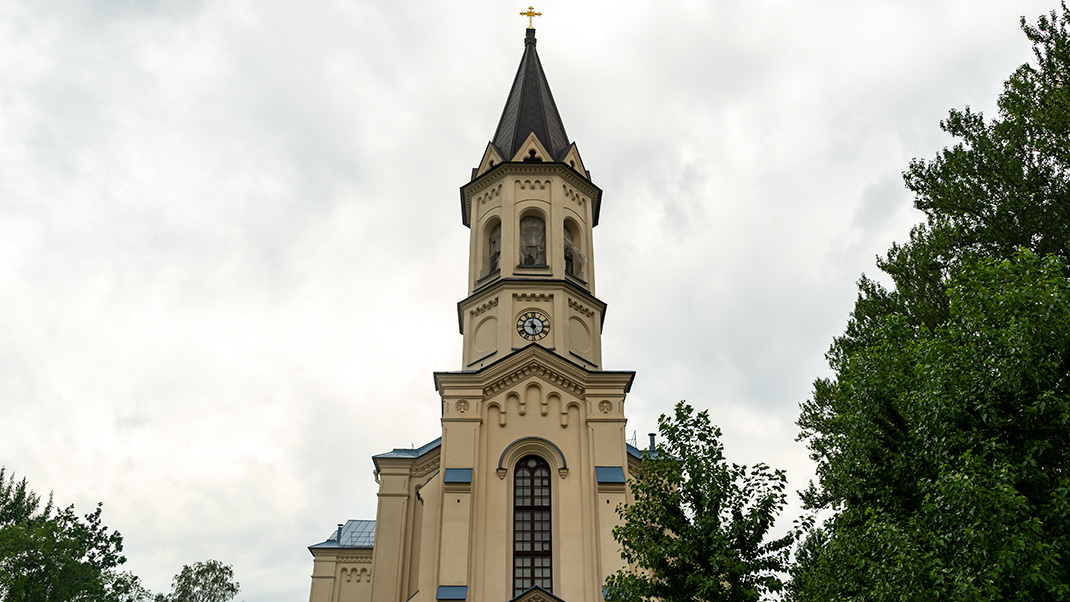
A Bit of History
The church is located on the site of the former Vyborg Roman Catholic Cemetery, where only a few gravestones remain today. The permission to establish a cemetery with a chapel was granted to the Catholics by Emperor Alexander II in 1856. The chapel was consecrated in the summer of the same year, and the project was designed by Nikolai Leontievich Benois, who is also known for designing the magnificent stable complex in Peterhof, which I wrote about in one of my previous articles.
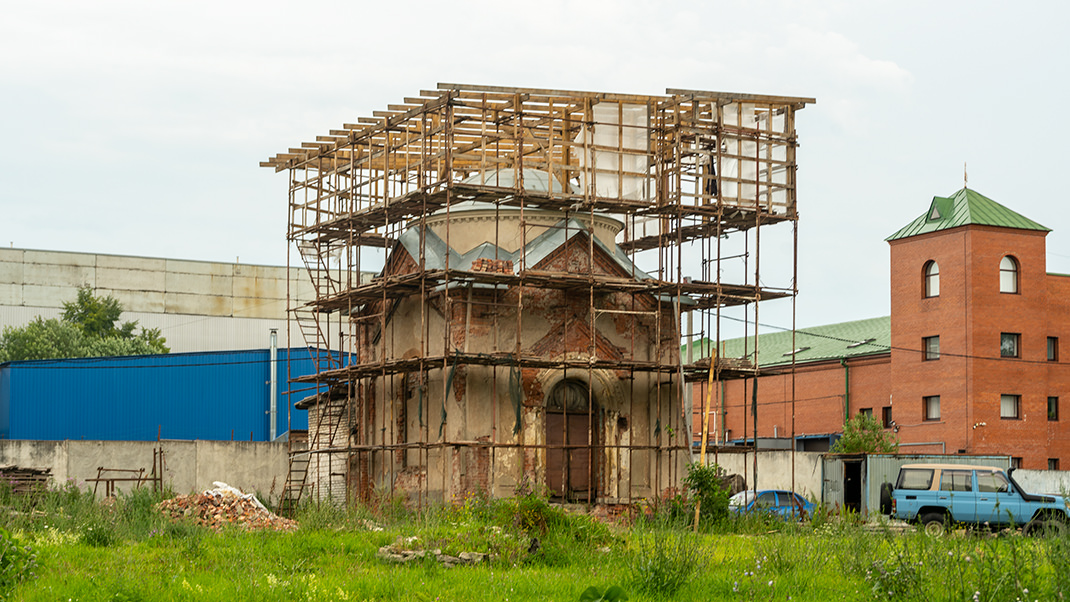
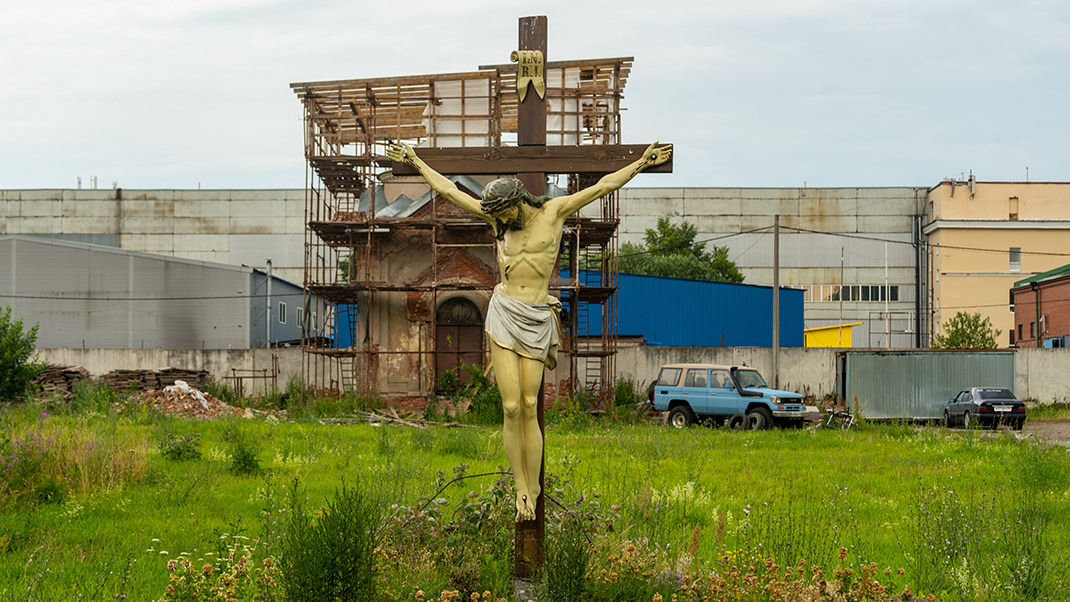
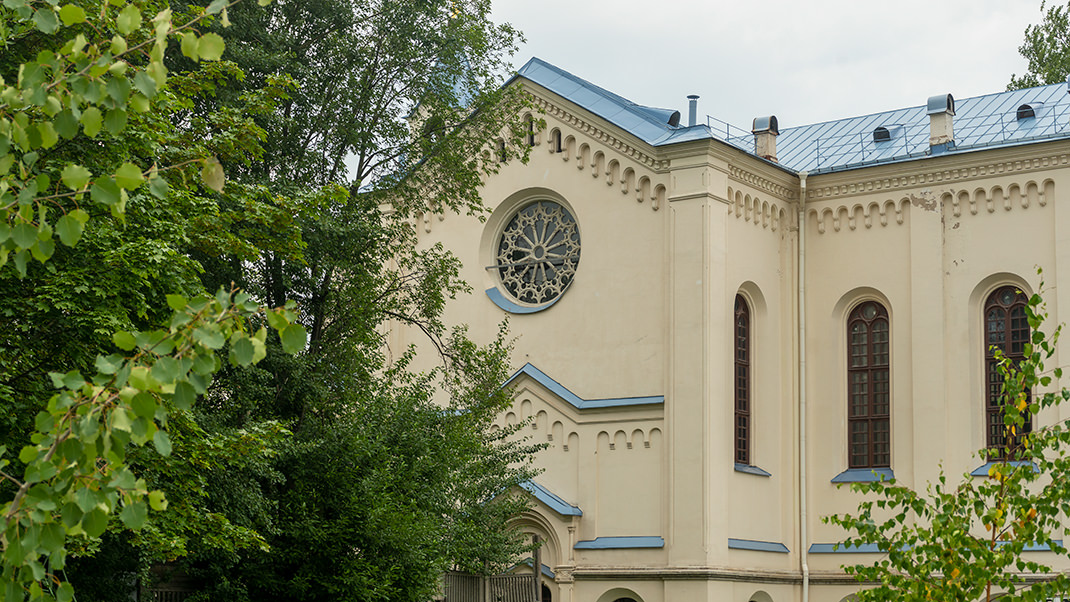
Twenty years after the chapel’s construction, a decision was made to turn it into a church. During this period, the same N. L. Benois added a bell tower with a clock to the building. Later, he himself was buried in this church.
As for the cemetery itself, it is the final resting place of around 40,000 people. In the early 20th century, the cemetery administration appealed to the City Duma with a request to expand the cemetery, but was denied. In 1912, burials were completely halted on the premises.
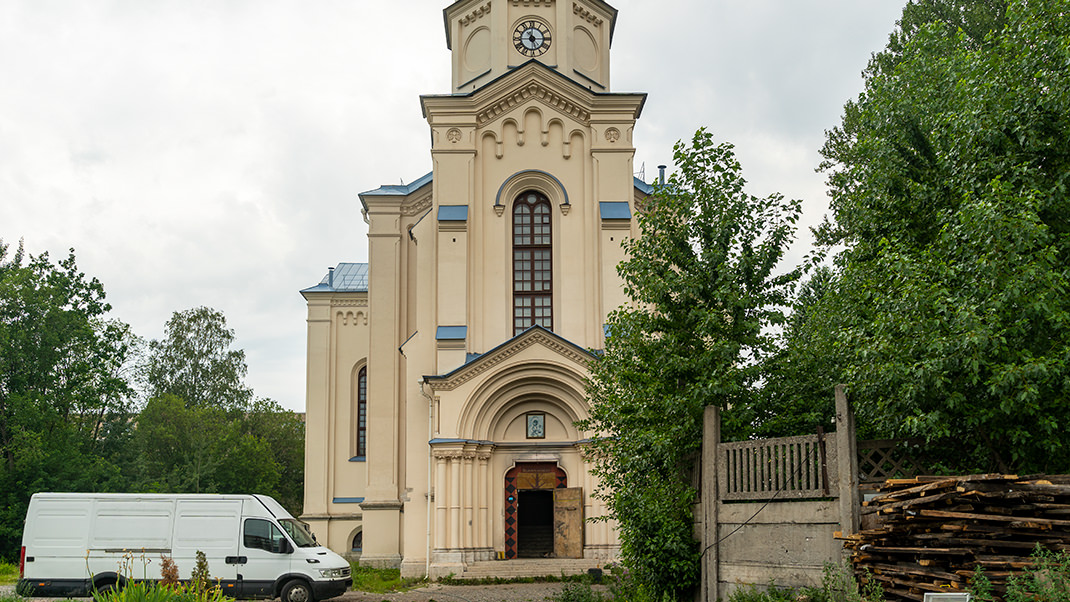
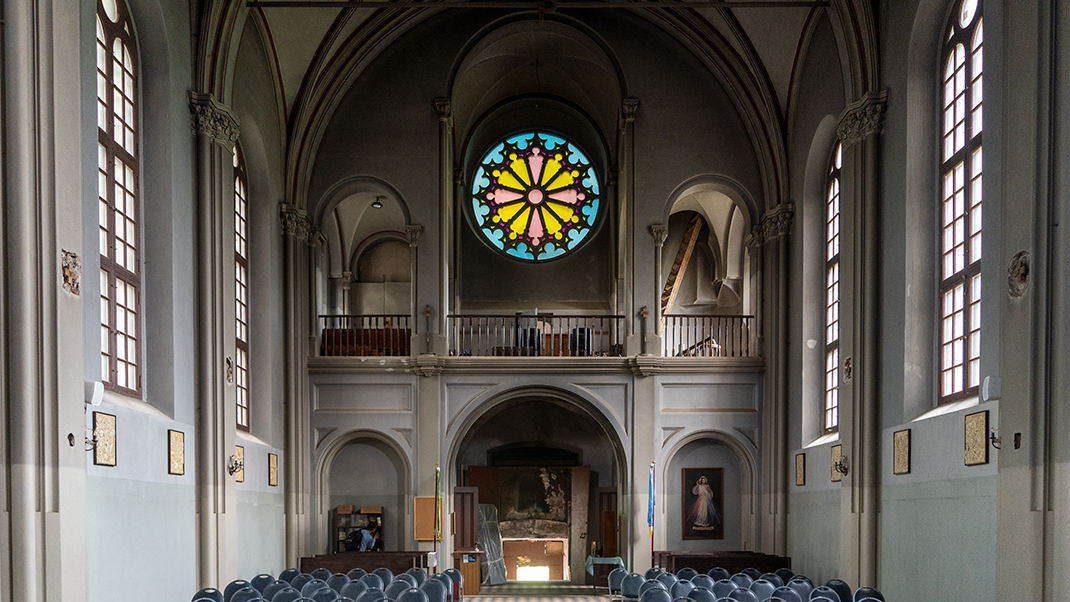
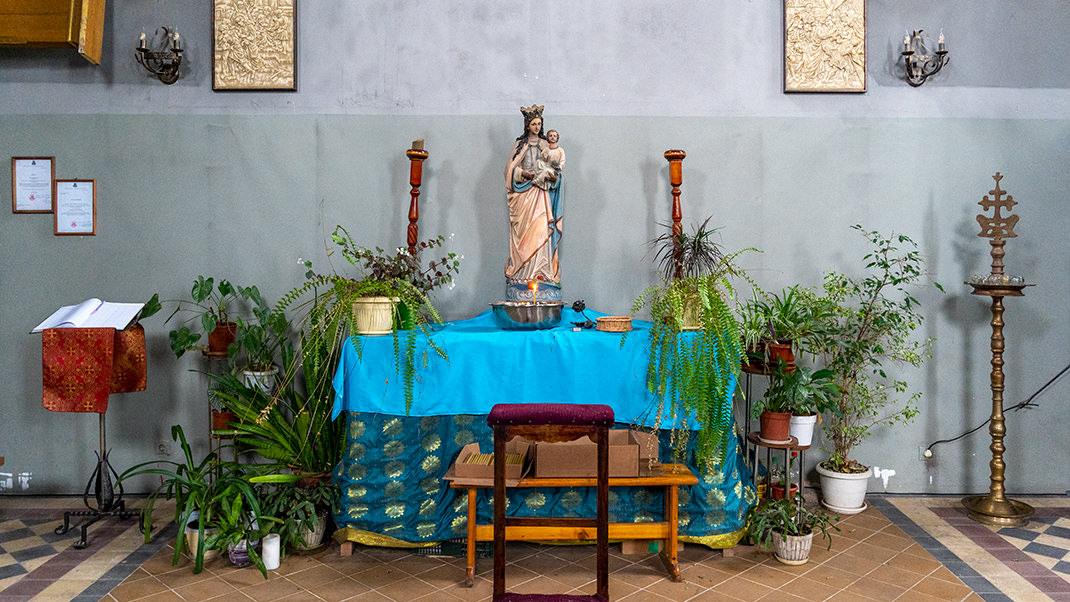
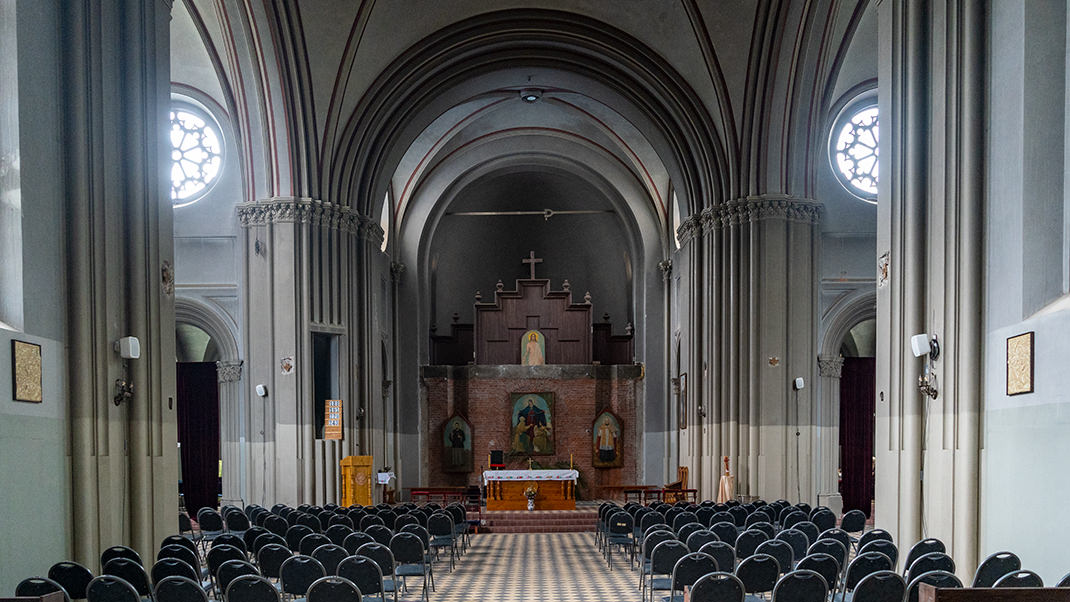
The church was closed in the 1930s, and at the same time, a decision was made to eliminate the cemetery. Grates and metal parts from the monuments were sent for scrap, and the gravestones were repurposed by road services for sidewalk construction. The few notable people buried here were reinterred in other cemeteries in Leningrad.
Surprisingly, the beautiful building of the church did not meet the fate of many other religious structures: it was neither demolished nor rebuilt to fit new architectural tastes. For a long time, it housed a laboratory, and in modern times, the church has once again become active.
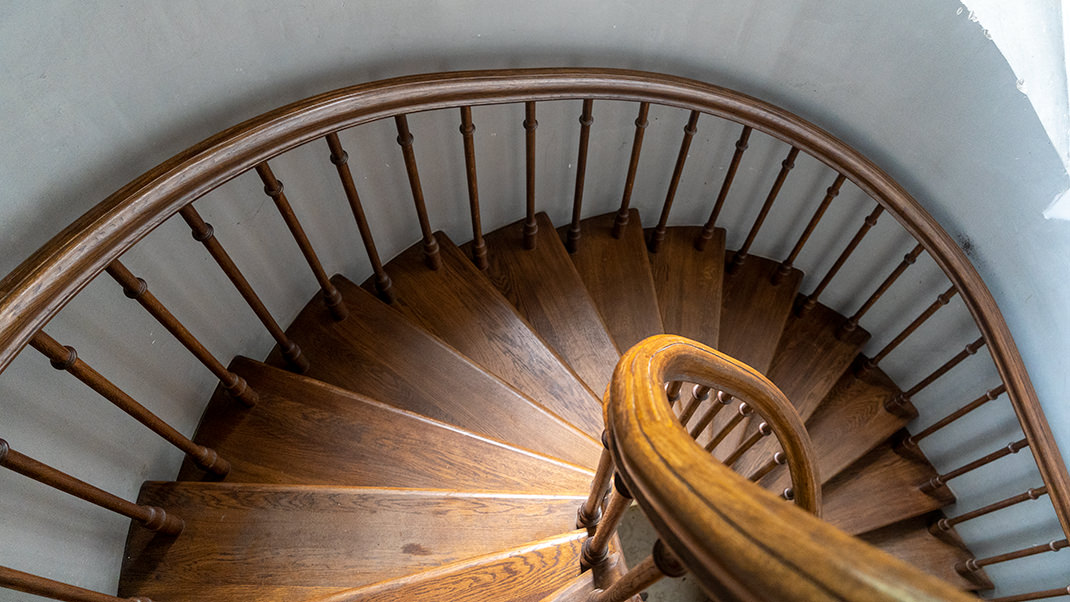


A little tip for those who decide to visit this unusual building: you can plan your route so that you also have time to visit the Sampsonievsky Cathedral, which is a 30-minute walk away. It is also located near one of the city's cemeteries, where architects Domenico Trezzini and Jean Baptiste Le Blond are buried.
Have a nice trip!


